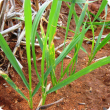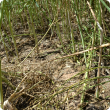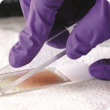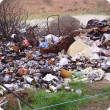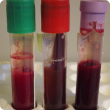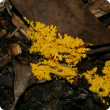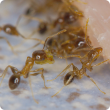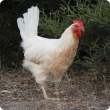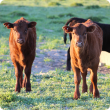Services
Search in Services
Filter services by topic
- (-) Remove Pests, weeds & diseases filter Pests, weeds & diseases
- Diseases (129) Apply Diseases filter
- Biosecurity & quarantine (115) Apply Biosecurity & quarantine filter
- Biosecurity (113) Apply Biosecurity filter
- Livestock biosecurity (89) Apply Livestock biosecurity filter
- Livestock health & diseases (88) Apply Livestock health & diseases filter
- Livestock & animals (87) Apply Livestock & animals filter
- Livestock disease surveillance (84) Apply Livestock disease surveillance filter
- Livestock species (61) Apply Livestock species filter
- Crops (54) Apply Crops filter
- Pests (38) Apply Pests filter
- Livestock management (32) Apply Livestock management filter
- Horticulture (32) Apply Horticulture filter
- Pest insects (30) Apply Pest insects filter
- Sheep (27) Apply Sheep filter
- Emergency animal disease preparedness (26) Apply Emergency animal disease preparedness filter
- Control methods (23) Apply Control methods filter
- Fruit (23) Apply Fruit filter
- Beef cattle (23) Apply Beef cattle filter
- Fungi (22) Apply Fungi filter
- Dairy cattle (18) Apply Dairy cattle filter
- Plant biosecurity (17) Apply Plant biosecurity filter
- Grains (16) Apply Grains filter
- Chemicals (16) Apply Chemicals filter
- Weeds (13) Apply Weeds filter
- Crop diseases (11) Apply Crop diseases filter
- Management & reproduction (11) Apply Management & reproduction filter
- Grains research & development (11) Apply Grains research & development filter
- Poultry & birds (10) Apply Poultry & birds filter
- Citrus (10) Apply Citrus filter
- Climate, land & water (9) Apply Climate, land & water filter
- Viruses & virus-like (8) Apply Viruses & virus-like filter
- Feeding & nutrition (8) Apply Feeding & nutrition filter
- Goats (8) Apply Goats filter
- Pigs (7) Apply Pigs filter
- Nursery & cutflowers (7) Apply Nursery & cutflowers filter
- Preventing residues (6) Apply Preventing residues filter
- Vegetables (6) Apply Vegetables filter
- Horses (6) Apply Horses filter
- Livestock movement & identification (6) Apply Livestock movement & identification filter
- Canola (6) Apply Canola filter
- Veterinary chemicals (5) Apply Veterinary chemicals filter
- Wheat (5) Apply Wheat filter
- Residues in livestock (5) Apply Residues in livestock filter
- Mites & spiders (5) Apply Mites & spiders filter
- Emergency response (5) Apply Emergency response filter
- Food, export & investment (5) Apply Food, export & investment filter
- Invasive species (4) Apply Invasive species filter
- Barley (4) Apply Barley filter
- Grapes & wine (4) Apply Grapes & wine filter

